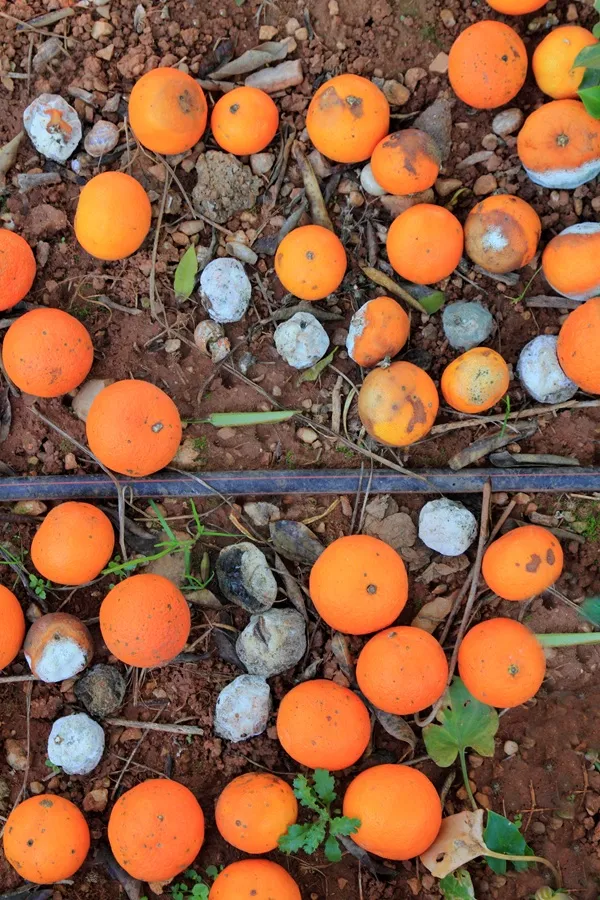Table of Contents
Cockles are small, edible bivalve mollusks belonging to the family Cardiidae. They are characterized by their round, ribbed shells, which typically display a beautiful symmetry. Cockles are found in shallow sandy or muddy coastal waters around the world, often burrowing just beneath the surface.
They are prized for their delicate, sweet flavor and slightly chewy texture, making them a favorite in many cuisines. In South Indian cuisine, for example, cockles are often cooked with aromatic spices, coconut, and tamarind to create bold, flavorful dishes. Elsewhere, cockles are commonly enjoyed steamed, added to seafood stews, or simply served with a squeeze of lemon.
1. Overview
Cockles are small, edible bivalve mollusks in the family Cardiidae, thriving in sandy or muddy coastal habitats worldwide. Prized for their sweet, briny flavor and chewy texture, they are culinary staples in Asia and Europe. This guide explores their biology, global varieties, economic significance, and sustainability practices.
2. Global Varieties
- Blood Cockle (Tegillarca granosa)
- Size: 1–2" | Color: Reddish shell, crimson flesh.
- Habitat: Southeast Asia (tidal mudflats).
- Culinary Use: Grilled, stir-fried (e.g., Malaysian sambal kerang).
- Common Cockle (Cerastoderma edule)
- Size: 1–1.5" | Color: Beige-brown shell, creamy meat.
- Habitat: Northeast Atlantic, Mediterranean.
- New Zealand Cockle (Austrovenus stutchburyi)
- Size: 1–1.5" | Color: White-gray shell.
- Note: Called tuangi in Māori cuisine.
- Japanese Cockle (Fulvia mutica)
- Size: 1–2" | Color: Mottled brown shell.
- Use: Sushi (torigai), steamed in sake.
3. Price Factors
- Wild-Caught: $3–$8/kg (Asia), $10–$20/kg (EU).
- Farmed: $5–$12/kg (blood cockles in Vietnam/Thailand).
- Forms: Live, boiled, canned (e.g., kerang tin in Malaysia).
4. Physical Traits
- Colors: Shells range from red (blood cockle) to beige/brown; meat is ivory or crimson.
- Smell: Fresh, oceanic brine; spoiled cockles smell sulfurous.
- Flavor: Sweet, briny, with a subtle metallic note.
5. Culinary Uses
- Raw: Rare (risk of parasites); occasionally in Japanese sushi.
- Grilled: Charred with chili sauce (e.g., Thai hoi malang pu).
- Stir-Fries: Wok-tossed with garlic, basil, and fish sauce (Vietnam).
- Curries/Soups: Malaysian laksa, Singaporean bak kut teh.
- Stews: Spanish cocido, Portuguese arroz de marisco.
- Popular Dishes:
- Sambal Cockles (Malaysia): Spicy chili stir-fry.
- Cockle Congee (China): Rice porridge with ginger.
6. Nutrition & Health Benefits
- Macronutrients: High protein (12g/100g), low fat, rich in omega-3s.
- Vitamins/Minerals: Iron, B12, zinc, selenium.
- Health Benefits: Supports blood health, energy metabolism, and immunity.
7. Cultivation & Capture
- Wild Harvest:
- Hand-Picking: Tidal flats at low tide (Southeast Asia).
- Dredging: Mechanized harvesting (EU).
- Aquaculture:
- Tidal Pond Farming: Mudflats in Indonesia, Thailand.
- Rack-and-Bag Systems: Suspended cultures (experimental).
- Major Producers: Indonesia, Thailand, Malaysia, Spain.
8. Byproducts
- Shells: Ground into calcium carbonate (agricultural lime), crafts, or poultry feed.
- Viscera: Fishmeal for aquaculture.
9. Processing & Storage
- Live Storage: Refrigerate in damp cloths (1–2 days).
- Freezing: Blanch and freeze meat (6–8 months at -18°C).
- Canning: Boiled in brine or sauces (shelf-stable 1–2 years).
10. Major Producers & Trade
- Top Producers:
- Indonesia/Thailand: Blood cockles (70% global supply).
- Spain/Portugal: Common cockles.
- Exporters: Thailand, Indonesia, China.
- Importers: Singapore, Malaysia, EU, Hong Kong.
11. Climate Conditions
- Temperature: 68–86°F (20–30°C) for tropical species.
- Salinity: 15–30 ppt (brackish estuaries).
- Habitat: Muddy/sandy tidal flats with organic sediment.
12. Diseases & Risks
- Parasites: Trematodes (e.g., Himasthla spp.).
- Bacterial Contamination: Vibrio in polluted waters.
- Bioaccumulation: Heavy metals (lead, cadmium).
13. Return on Investment (ROI)
- Farming Costs: $3,000–$8,000/hectare (pond setup, labor).
- Profit Margins: 20–30% (high demand in Asia); ROI in 2–3 years.
14. Quick Recipes
- Spicy Cockle Stir-Fry: Sauté with garlic, chili, and Thai basil.
- Cockle Paella: Simmer with saffron rice and chorizo.
- Cockle Fritters: Mix with flour, herbs, and deep-fry.
15. Sustainability Challenges
- Overharvesting: Depletion of wild stocks in Southeast Asia.
- Habitat Loss: Coastal development and pollution.
- Solutions:
- Eco-Certifications: MSC for wild fisheries.
- Aquaculture Expansion: Reduces wild pressure.
16. Conclusion
Cockles are a bridge between traditional coastal diets and modern aquaculture. Sustainable practices and habitat conservation are vital to preserving their role in global cuisine.
Beyond their culinary appeal, cockles play an important ecological role by filtering water and providing a habitat for other marine life. They are a testament to the ocean's incredible biodiversity! Are you interested in learning a recipe or technique to prepare them?









